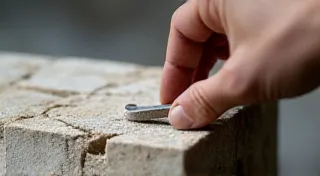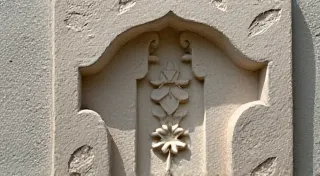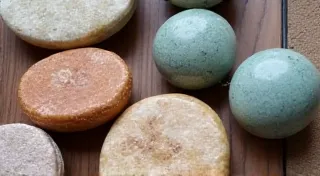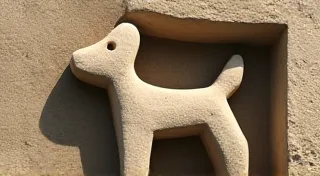Choosing the Right Stone for Your Project
The art of stone carving is an ancient and rewarding craft, allowing artists to transform raw, natural materials into lasting works of beauty. But before you even pick up a chisel, a crucial decision lies ahead: selecting the right stone for your project. Not all stones are created equal. Their properties – hardness, grain structure, color, and workability – significantly impact the carving process, the final appearance, and the longevity of your creation. This guide explores popular stone types used in carving, detailing their characteristics and suggesting suitable projects for each. Understanding these intricacies is the first step toward realizing your artistic vision.
Understanding Stone Properties
Before diving into specific stone types, let’s briefly cover some essential properties that influence carving. The choice of stone isn’t just about aesthetics; it’s about the practical considerations of working with a particular material. Consider your experience level too – some stones are far more forgiving for beginners.
- Hardness: Measured on the Mohs scale, hardness indicates a stone’s resistance to scratching. Softer stones are easier to carve but more prone to damage. Harder stones require more powerful tools and greater skill.
- Grain: This refers to the way the stone’s mineral crystals are arranged. Fine-grained stones are generally easier to carve with detail but can be less visually striking. Coarse-grained stones offer interesting textures but require careful consideration to avoid breakage. The grain often dictates the direction of carving to minimize chipping or splitting.
- Density: Denser stones are heavier and often more durable. Density is closely linked to the stone's porosity and its ability to withstand weathering.
- Porosity: Porous stones absorb water and can be more susceptible to weathering and staining. Sealing porous stones is a common practice to protect them from damage.
- Color & Pattern: These are largely determined by the mineral composition and can significantly contribute to the aesthetic appeal of your carving. The interplay of color and pattern can elevate a simple form into a captivating work of art.
Popular Stone Types for Carving
Soapstone (Steatite)
Soapstone, also known as steatite, is arguably the most popular choice for beginner stone carvers. Its name derives from its soapy feel – a direct result of its talc content. It’s a fantastic starting point for learning the fundamentals of stone carving, and resources like Sculpting with Soapstone: A Gentle Introduction offer detailed guidance for newcomers.
Properties: Extremely soft (Mohs hardness of 1-3), fine-grained, dense, relatively low porosity, and available in a wide range of colors, including grey, green, brown, red, and black. It's resistant to acids.
Carving Characteristics: Soapstone is incredibly easy to carve, even with basic hand tools. It cuts quickly and cleanly, making it ideal for learning carving techniques. The fine grain allows for some detail, but it’s not suited for extremely intricate work. It polishes beautifully to a satin sheen. The predictability of the material makes it ideal for mastering techniques before tackling more challenging stones.
Best Uses: Beginner projects, small sculptures, decorative objects, jewelry, fireplace surrounds, whimsical figures, bird carvings.
Considerations: Soapstone is relatively soft and can be easily scratched or chipped if not handled carefully. It can also absorb stains if left untreated. The color can sometimes vary greatly within a single block. It’s essential to research and choose a block with consistent color if that’s your desired aesthetic. Careful handling and proper sealing are key to preserving its beauty.
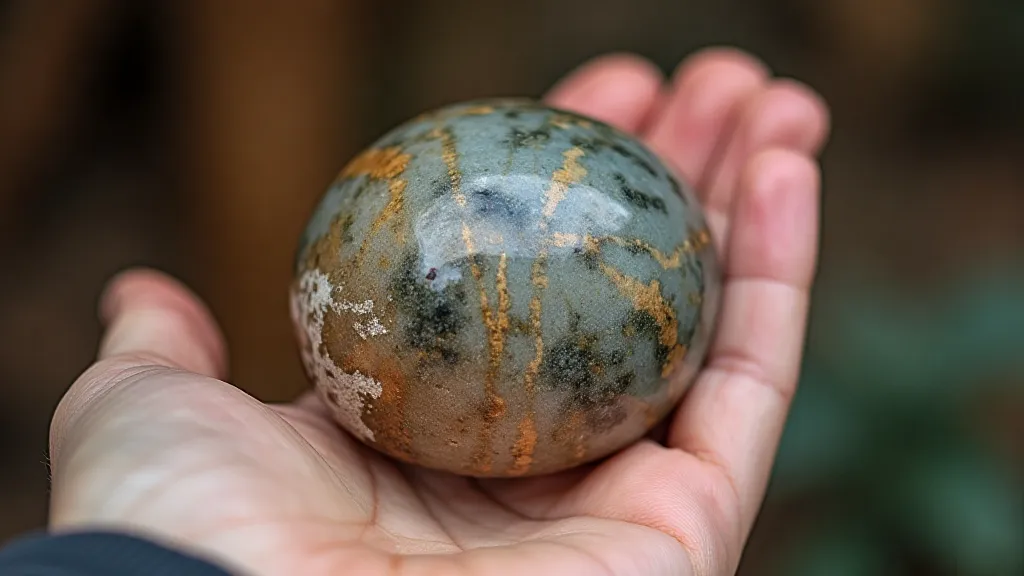
Alabaster
Alabaster isn’t actually a single mineral, but rather a variety of gypsum or calcite that exhibits a milky white appearance and translucency. This makes it prized for its elegant look. Its translucency creates unique possibilities for lighting effects, a topic explored in more detail in resources on Alabaster Carving: Achieving Translucence and Detail.
Properties: Very soft (Mohs hardness of 2-3), fine-grained, relatively porous, and typically white or cream-colored, though variations with veins of color exist.
Carving Characteristics: Like soapstone, alabaster is easy to carve. It cuts cleanly and readily, making it suitable for beginners. Its translucency allows for interesting lighting effects when the carving is backlit. The ability to incorporate light into your alabaster carving elevates it to a stunning piece of art.
Best Uses: Reproductions of classical sculptures, decorative lamps, small sculptures, boxes, figurines.
Considerations: Alabaster is exceptionally soft and brittle. It's highly porous and can easily absorb moisture and stain. It’s crucial to seal alabaster carvings to protect them from damage. Due to its fragility, it’s not suitable for outdoor use or pieces requiring significant strength. A gentle touch and careful planning are essential for success.
Limestone
Limestone is a sedimentary rock composed mainly of calcium carbonate. It exists in a wide variety of forms and colors, offering a range of carving possibilities. Understanding the grain and texture of limestone is vital to a successful carving – information readily found in dedicated resources on Carving with Limestone: Understanding Grain and Texture.
Properties: Moderate hardness (Mohs hardness of 3-4), variable grain size (fine to coarse), porous, and available in shades of grey, beige, brown, and even pink.
Carving Characteristics: Limestone is generally easier to carve than harder stones, but the difficulty depends on the specific type. Fine-grained limestone is relatively easy to work, while coarser varieties can be more challenging. It can be prone to chipping, especially when carving intricate details. Careful observation of the grain direction is crucial to prevent unwanted breaks.
Best Uses: Architectural details, decorative panels, garden sculptures, fireplaces, statues.
Considerations: Limestone is porous and susceptible to weathering and staining. It’s often used for interior applications or areas with protection from the elements. Its strength can be variable depending on the type. Proper sealing and maintenance are vital for longevity.

Sandstone
Sandstone is another sedimentary rock, formed from cemented sand grains. It’s a more durable option than some of the softer stones listed above. The visible grains of sandstone, while presenting carving challenges, also allow for unique textural effects, enriching the final piece.
Properties: Moderate hardness (Mohs hardness of 2.5-3.5), variable grain size (medium to coarse), porous, and available in a range of colors, including brown, red, yellow, and white.
Carving Characteristics: Sandstone carving can be more challenging than soapstone or alabaster due to its often-coarse grain. However, the visible grains can create unique textural effects. The grain structure needs to be carefully considered to avoid splitting or breakage. Working *with* the grain, rather than against it, is key to a successful carving.
Best Uses: Architectural details, outdoor sculptures, garden features, decorative panels, fire pits.
Considerations: Sandstone is porous and can be susceptible to weathering. The strength and durability depend on the type and quality of the sandstone. It is important to properly seal sandstone carvings to prevent water absorption and staining. Researching different types of sandstone and their properties is crucial for selecting the right material for your project.
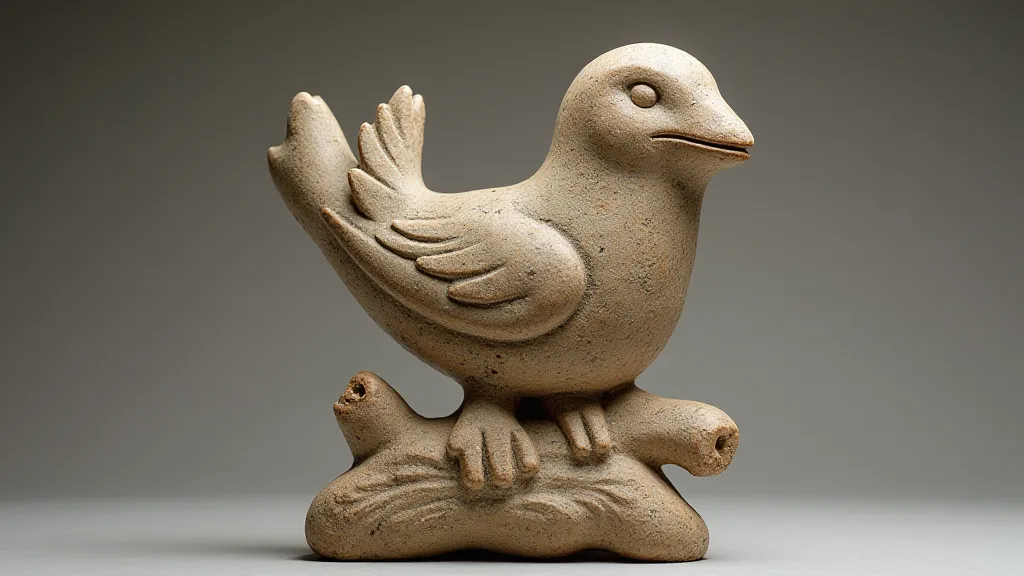
Selecting the appropriate stone for your carving project is a critical step in the process. Consider your skill level, the desired aesthetic, the intended use of the carving, and the stone's properties. Soapstone and alabaster are excellent choices for beginners, while limestone and sandstone offer opportunities for more advanced carvers. Remember to consider resources that delve into specific techniques like those available on Dust Control in Stone Carving: Best Practices to ensure a safe and enjoyable carving experience. Research specific types within each category as properties can vary considerably. Understanding the nuances of each stone allows you to make informed decisions and ultimately create works of art that will stand the test of time. Careful planning, attention to detail, and a respect for the material are the hallmarks of a skilled stone carver. Experimentation and a willingness to learn are also crucial for growth and innovation in this rewarding craft. The beauty of stone carving lies not only in the finished product but also in the journey of discovery and creation.
